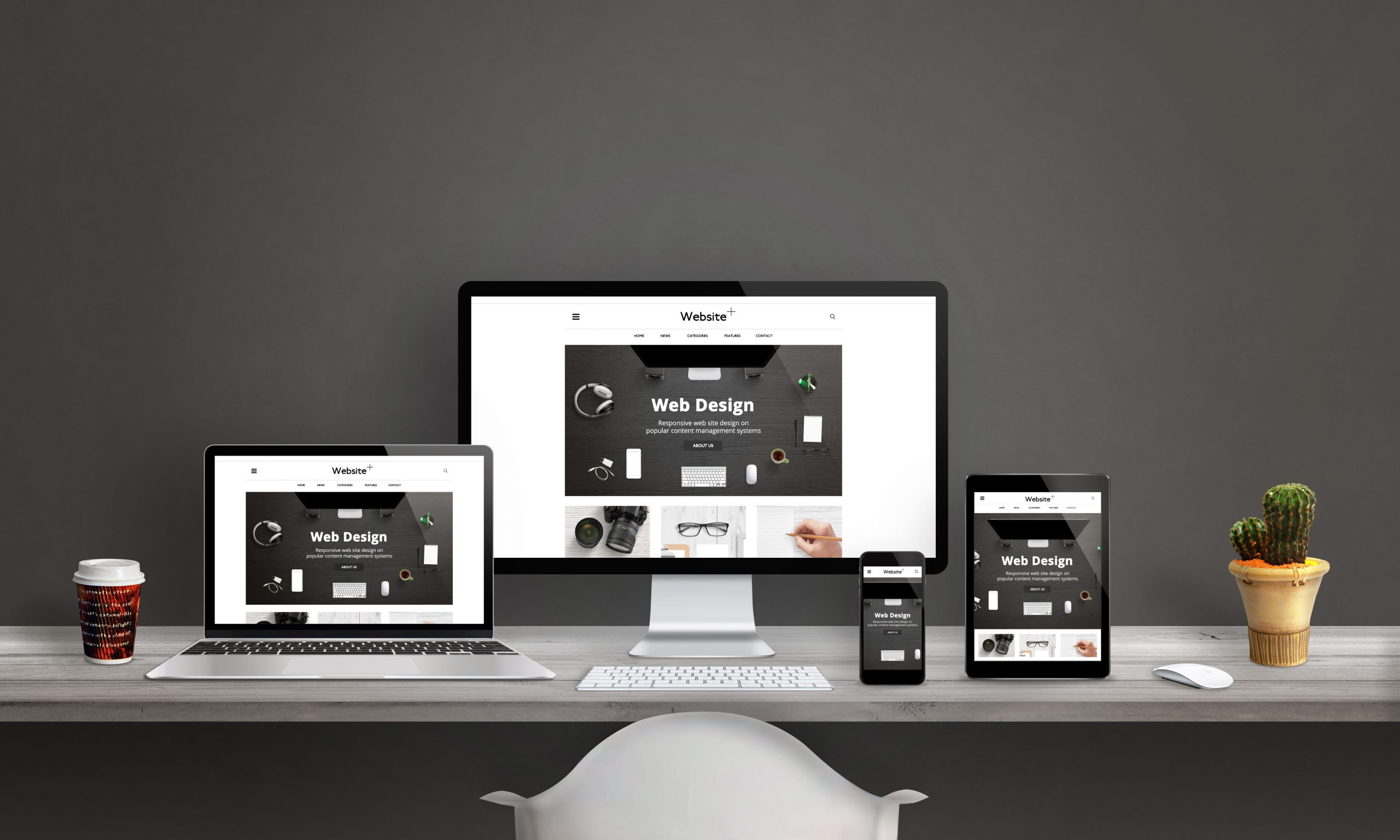Any web designer will tell you that the fonts you choose for your website are just as crucial as the design itself.
Since 95% or more of the internet is composed of written text, type cannot be overlooked while creating a new website.
What distinguishes a typeface from a font?
It’s simple for those of us who aren’t professionals in design to get our vocabulary concerning text wrong.
Many individuals make the error of assuming that typeface and font are synonyms. Let’s examine the differences between the two to dispel this misunderstanding.
A font is a collection of symbols, such as letters, numbers, and characters with a common design. For instance, fonts include Times New Roman, Arial, and Comic Sans. (In actuality, Comic Sans is regarded as the most despised font in the world.)
However, a font is a particular typeface style with a predetermined width, size, and weight. For instance, 12pt Comic Sans Bold is a font, but Comic Sans is a typeface.
Typography is the general term for the art of written words. Typeface and fonts are just two of the components that make up typography. These include line length, tracking, kerning (the white space between letters/characters), leading (the lines that letters “sit” on), and (uniform spacing of characters).
We know that it might be tempting to overdo it and use every font your website builder provides. It’s important to remember that your design decisions will have an impact on the number of reservations you get.
Best practices regarding typography for your vacation rental website
You didn’t think we would just inform you that using the incorrect font would cost you reservations without offering suggestions for how to do better, did you?
By reading on, we will discover our top seven pieces of advice for picking the ideal fonts for your vacation rental website.
1. Use no more than two or three fonts for your website.
The first thing your visitors (and prospective guests) will notice about your website is its design. You don’t want to frighten people with a confusing variety of typefaces that gives the page a sloppy, unprofessional look.
The most crucial thing to remember is that the two or three fonts you choose should blend on your website rather than cause customers’ eyes to strain.
Additionally, you must remain with the fonts you’ve chosen. Continue using the same two or three fonts in any further materials you create, such as printed flyers or other products, website banners, and so forth.
2. Mix serif and sans serif fonts; it’s OK!
Serif and sans serif fonts are the two primary subcategories.
Serif fonts, like Georgia and Times New Roman, contain ornamental strokes that extend from the letters and characters. Classic serif fonts tend to generate thoughts of elegance, formality, and confidence since they are among the oldest in use.
Contrarily, characters in sans serif fonts (French for “without”) lack strokes. Helvetica and Verdana are two examples of frequently used sans serif types. Generally speaking, these more contemporary fonts evoke thoughts of warmth, cleanliness, and simplicity.
To add variety to websites, many designers decide to blend serif and sans serif types. Keep your website consistent and coherent if you decide to do this. Try using a sans serif for the body text and a serif for the headers; experiment with numerous font combinations until you find the one that looks the best.
3. Check that your fonts are legible in various sizes.
Your website must be user-friendly since more and more visitors use mobile devices to explore and make travel arrangements. Choose fonts that preserve readability and usability regardless of screen size since they should function as effectively on tiny screens as on bigger ones.
4. However, strive to maintain huge sizes; it’s easier on the eyes.
When font size is increased, Marketing Land typically observes a 30% increase in bounce rate and time spent on the site. In comparison, Click Laboratory saw a significant 133% increase in form conversion rate after changing the font size from 10pt to 13pt.
Remember the average age of the visitors and guests to your website. Reading requires twice as much effort for those over 40 as it does for people under 20 and four times as much for those over 60.
5. Refrain from using all capital letters.
While capital letters are fine in certain circumstances, you should avoid making consumers read lengthy periods of capital letters if you want them to read your material.
Additionally, capitalized language online often connotes yelling, anger, and frustration—emotions you want to avoid displaying while attempting to persuade visitors!
6. Maintain a healthy color contrast ratio.
Mistaking the usage of comparable colors for text and background as “harmonious” is another typical web design blunder. When it comes to usability, the more the language stands out on the page, the faster and simpler it will be for your prospective visitors to read it and discover the information they need.
The recommended contrast ratio between large text and the backdrop is at least 3:1. You may evaluate the ratio of your color selections using free tools.









